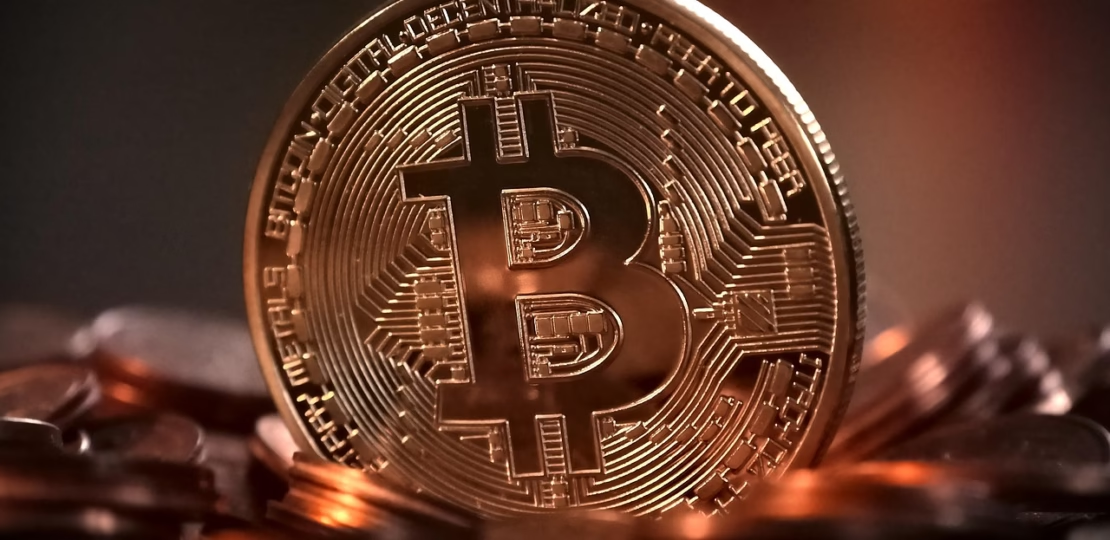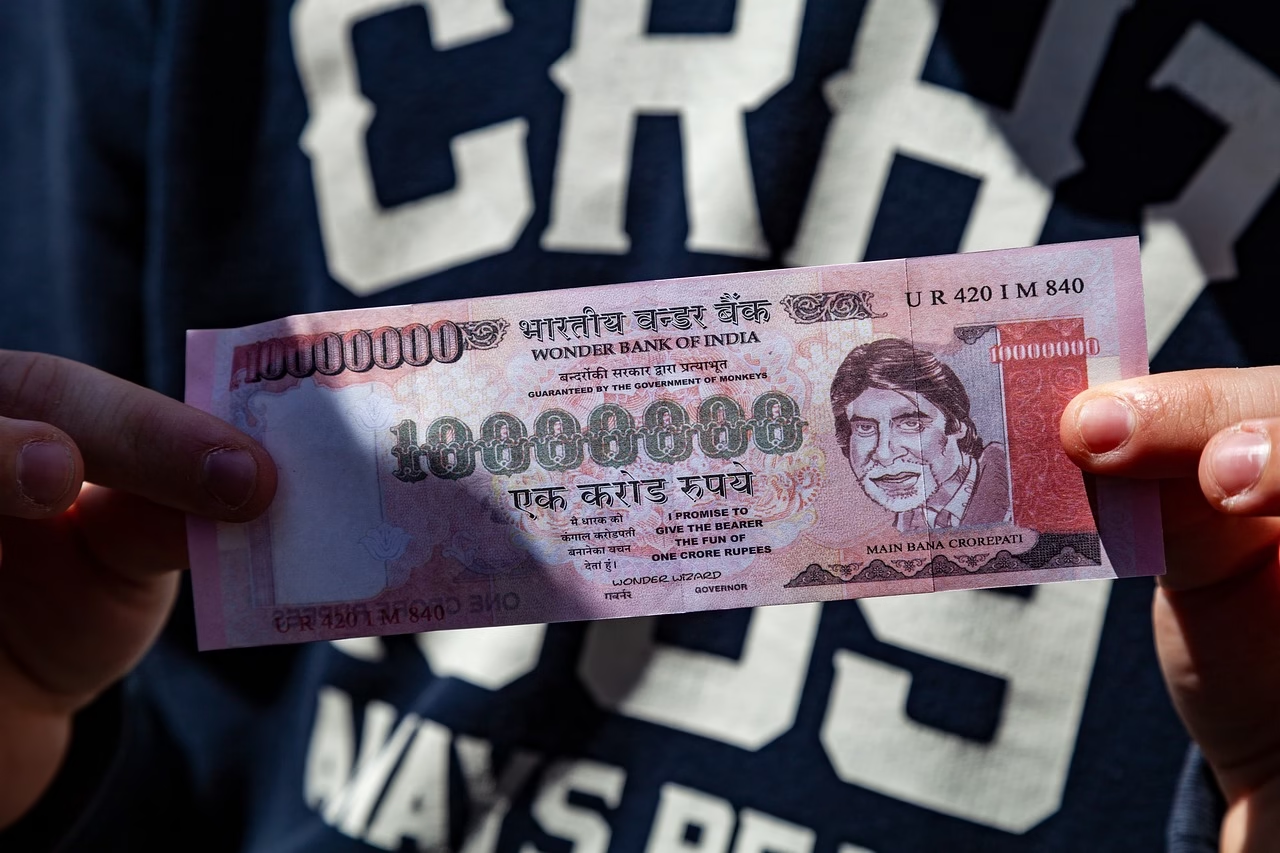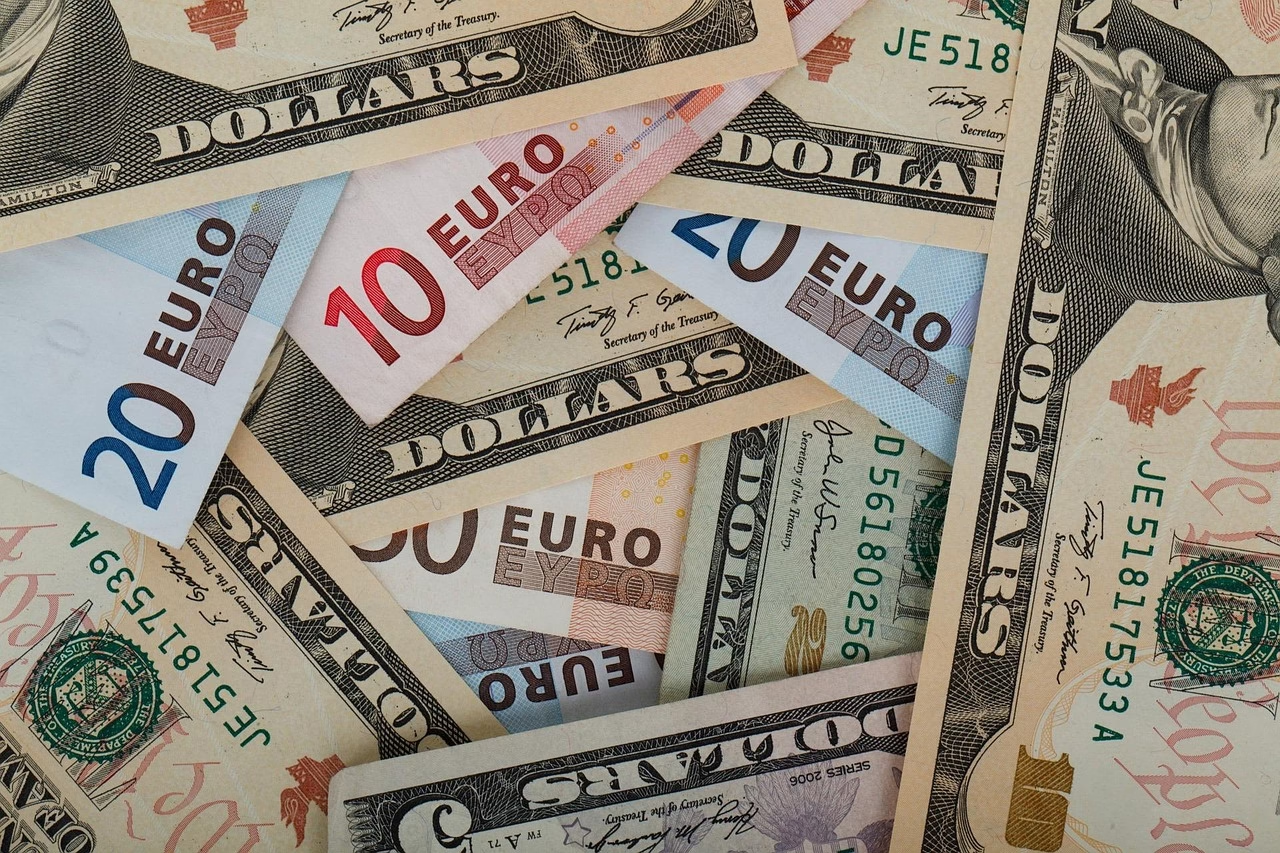Japan’s FSA Proposes Crypto Reclassification, Clearing Path
June 26, 2025 | by Sophia Vance

Japan’s FSA Just Cleared a Runway for Crypto ETFs—and a Flat 20 % Tax
By Sophia Vance • June 27 2025
What happened?
On Tuesday, the Financial Services Agency (FSA) dropped a 58-page proposal that flips Japan’s digital-asset framework on its head. The plan reclassifies cryptocurrencies from “payment instruments” under the Payment Services Act to full-fledged “financial products” governed by the Financial Instruments and Exchange Act (FIEA). The upgrade does two things investors have begged for: it unlocks the legal path for spot crypto ETFs and slashes the top tax rate on crypto gains from 55 % to a clean 20 %—matching stocks. Cointelegraph
The paper lands just in time for the June 25 Financial System Council meeting and sets an aggressive timeline: draft legislation to the Diet in early 2026 with the first ETFs potentially listing in fiscal-year 2026 once listing and custody rules are codified. Brave New Coin
Why it matters
Japan counts 12 million active crypto accounts holding north of ¥5 trillion ($34 billion). Retail participation already outruns FX margin trading—long the pastime of Japanese day-traders. Cointelegraph; Brave New Coin A flat tax and exchange-traded wrappers are gasoline on that fire. In a world where U.S. spot-Bitcoin ETFs sucked in $65 billion in assets within five months, Tokyo doesn’t want to see domestic capital leak to New York or Hong Kong.
“Harmonising crypto with mainstream securities law—and taxing it the same way—will plug capital flight and position Tokyo as a regulated digital-asset hub.” —FSA discussion paper Brave New Coin
Winners in the new regime
1. Retail investors. A predictable 20 % levy plus the ability to carry forward losses levels the playing field with equities and slashes compliance headaches at tax time. Bitrue Blog
2. Domestic asset managers. Nomura’s Laser Digital, SBI, and Daiwa Asset are already sketching ETF term sheets. The FSA highlighted that 1 200+ institutions globally now hold U.S. spot-Bitcoin ETFs; Japan’s mega-banks don’t intend to watch from the sideline. Cointelegraph
3. Stablecoin infrastructure. The April MoU between SMBC, Ava Labs and Fireblocks to issue yen- and dollar-pegged coins gains legal clarity; tokenised settlement of stocks and JGBs looks suddenly realistic. Cointelegraph; Brave New Coin
Who loses?
Ironically, overseas exchanges courting Japanese whales with tax arbitrage may feel the pinch as capital repatriates. Also sweating: legacy FX brokers who’ve enjoyed a captive audience while crypto faced punitive taxes.
Strategic context—Kishida’s “New Capitalism” in action
The reclassification folds neatly into Prime Minister Fumio Kishida’s push to shift household savings—still parked 54 % in cash and deposits—into investments that fuel growth. Crypto ETFs provide a low-friction on-ramp for younger investors who skipped equities altogether and dove straight into Bitcoin. Bringing them into the regulated fold isn’t just investor protection; it’s demographic policy.
Geopolitically, Tokyo is jostling with Singapore and Hong Kong for digital-asset mindshare. A transparent, exchange-traded wrapper plus sensible tax rules gives Japan a narrative beyond “early Mt.Gox victim”—an identity that has haunted regulators since 2014.
Risks still on the radar
Legislative drag. The Diet doesn’t open until January, and 2026 is an election year. Lobbyists from incumbent stock brokerages could slow crypto ETF approvals, fearing fee compression.
Custody standards. FIEA imposes strict segregation and auditing; many domestic exchanges will need capital upgrades or third-party custodianship before an ETF can tick the compliance boxes.
Market-manipulation surveillance. Extending insider-trading rules to decentralised markets is easier on paper than in practice. The FSA’s proposal to mirror stock-surveillance tools needs technological muscle. Reuters
My read—shakeout then lift-off
The policy signal is unambiguous: crypto is graduating from sandbox to main board. Expect a volatile adjustment phase—some exchanges will consolidate, miners will reconsider J-bloc domiciles, and foreign players will hunt JV partners. By 2027, however, I expect at least five spot-crypto ETFs trading on the Tokyo Stock Exchange with ¥1 trillion AUM, and Japan will have recaptured a share of the liquidity now routed through Chicago and Singapore desks.
For the everyday investor, the takeaway is simpler: the tax man just knocked 35 percentage points off your potential crypto bill and gave you an ETF you can hold in an iDeCo. If you’ve been waiting for the grown-ups to show up—well, they just did.

RELATED POSTS
View all



